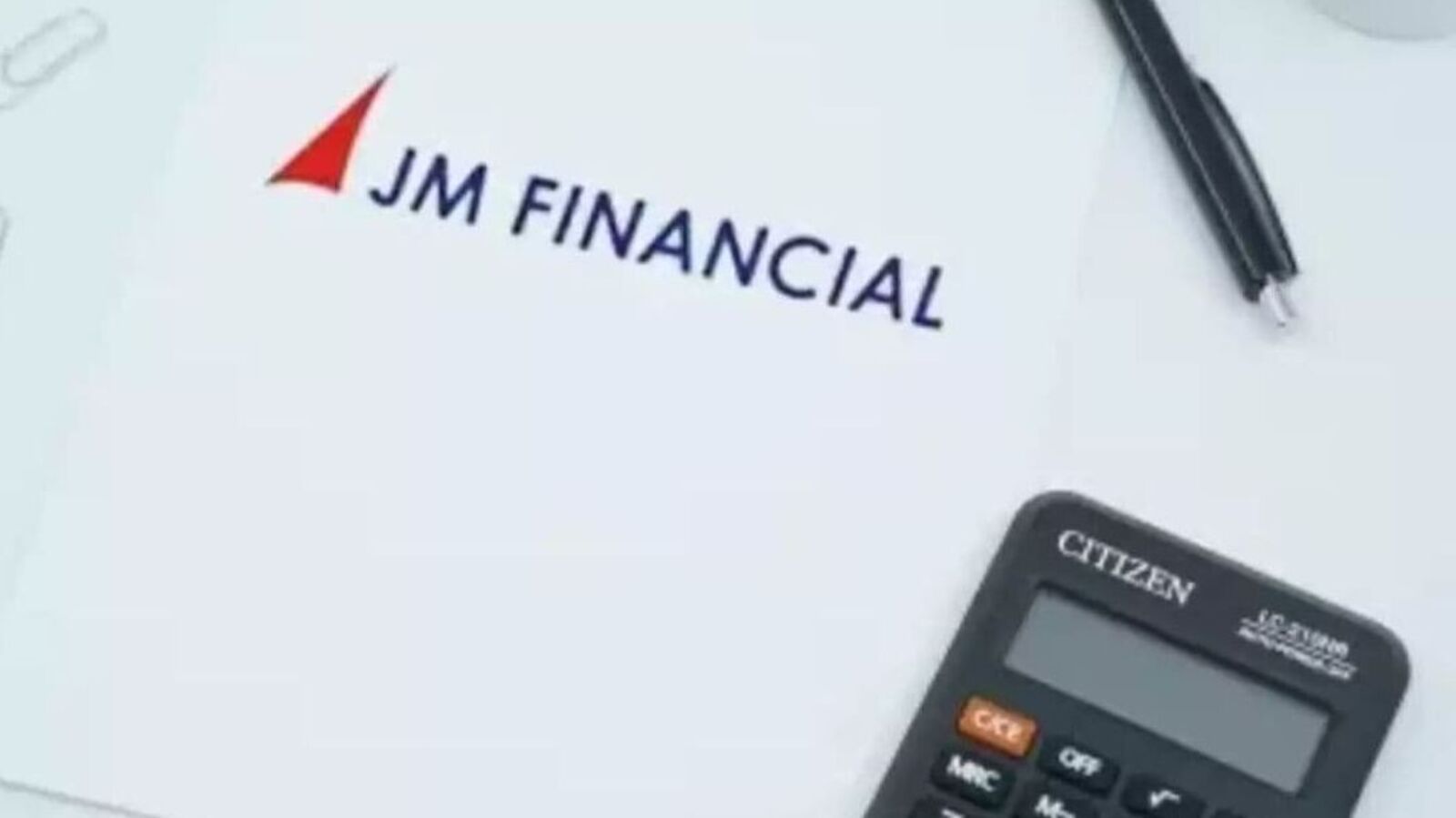In today’s fast-paced financial landscape, personal loans have become a go-to solution for various needs, from home renovations to unexpected medical expenses. However, the allure of quick access to funds can sometimes overshadow the potential pitfalls, particularly the hidden fees that can significantly inflate the overall cost of borrowing.
In this article, we’ll explore common hidden charges associated with personal loans and provide actionable strategies to help you avoid them, ensuring a more informed and financially savvy borrowing experience.
Understanding personal loans
A personal loan is a type of unsecured loan where individuals can borrow a specific amount of money for various purposes. Unlike secured loans, which require collateral, personal loans are typically evaluated based on the borrower’s creditworthiness. Lenders assess factors such as credit scores, income levels, and debt-to-income ratios to determine eligibility and interest rates.
Common charges associated with personal loans
When considering a personal loan, it’s essential to understand the various charges involved:
Hidden charges to watch for
Even though many lenders disclose the fees listed above, there are additional hidden charges that can catch borrowers off guard:
- Late payment fees: If you miss an EMI (Equated Monthly Instalment) payment, lenders often impose a late payment fee. This charge is usually a percentage of the overdue amount.
- EMI default fees: If your payment fails due to insufficient funds in your linked account, you may incur an EMI default fee, which is charged by the lender.
- Penal interest: Lenders may charge additional interest on unpaid EMIs. This penal interest can accumulate quickly, making it crucial to stay on top of your payments.
- Balance transfer fees: If you choose to transfer your loan to another lender for better terms, your current lender may charge a fee for this balance transfer, as they will lose potential interest income.
- ECS swapping fees: When you provide bank account details for Electronic Clearing Service (ECS) payments, changing the account from which your EMIs are deducted can incur an ECS swapping fee.
- Duplicate documentation charges: If you request copies of documents, such as the amortisation schedule or a no-dues certificate during a balance transfer, lenders may charge a fee for this service.
How to identify hidden charges before taking a personal loan
To ensure you’re fully aware of all potential costs before signing a loan agreement, consider the following strategies:
Conclusion
Understanding and avoiding hidden fees in personal loans is crucial for making sound financial choices. By carefully reviewing the terms and conditions, comparing offers from multiple lenders, and being aware of potential hidden costs, you can significantly reduce your overall borrowing expenses.
Remember, an informed borrower is an empowered one. Taking proactive steps to educate yourself about the borrowing process will ensure that your experience with personal loans is both beneficial and financially prudent. Always conduct thorough research and seek professional advice if needed, as this can help you avoid falling into a cycle of unwanted debt.












Leave a Reply